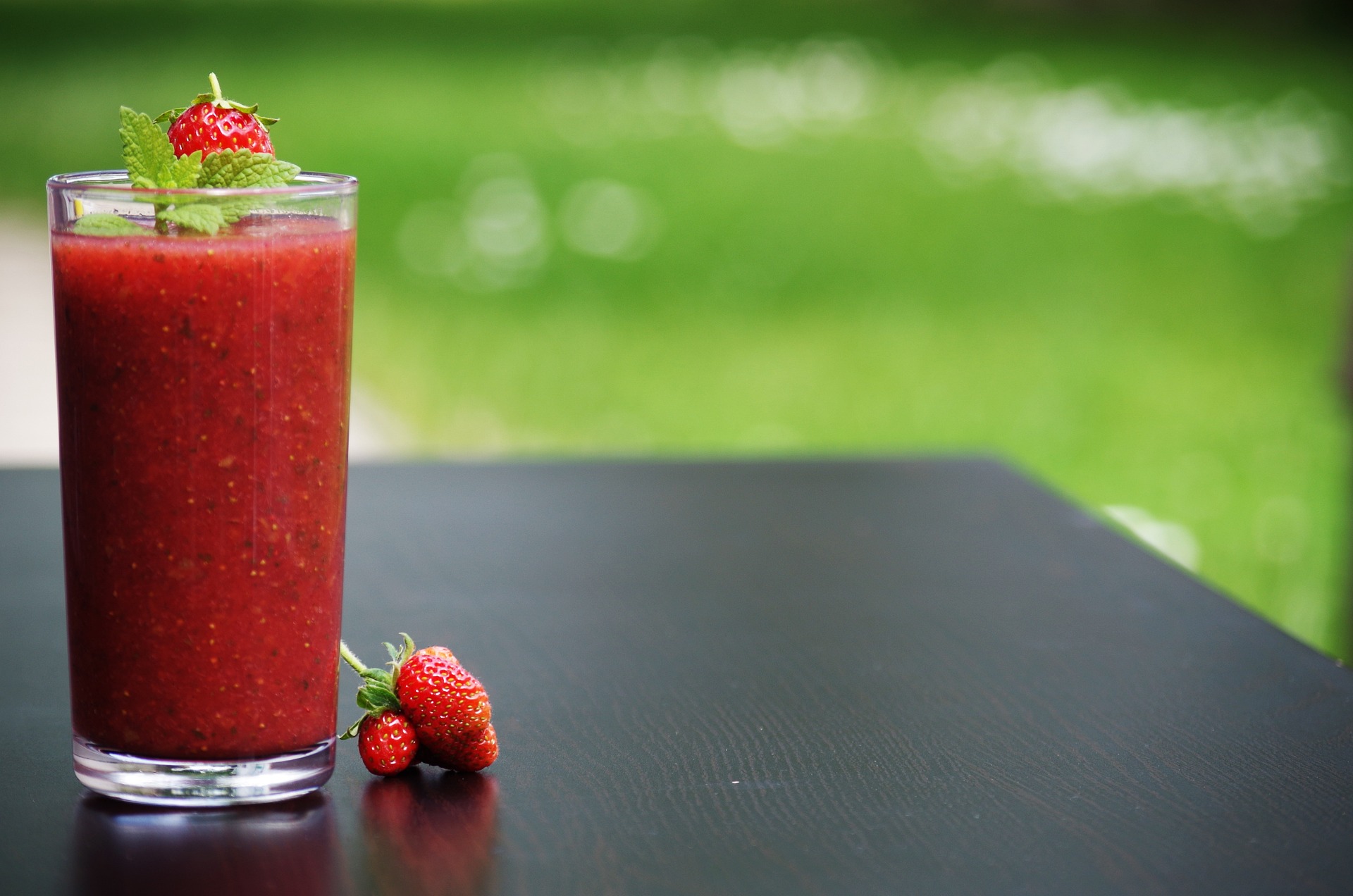Embracing Movement: The Benefits and Science Behind Physical Activity
Have you ever thought about why we're designed for movement and how it could revolutionize your health? Let's start a journey into the wonders of physical activity and its enormous benefits for our well-being.

The Historical Perspective of Movement
While today’s sedentary lifestyles might make it seem as though we were designed for rest, our bodies and brains are a product of millions of years of evolution that prized movement and rewarded active lifestyles. The hunter-gatherer lifestyle of our ancestors placed a premium on running, hunting, and foraging, activities that kept our ancestors physically robust and mentally ready for the challenges that lay ahead.
Recent evidence even suggests that our ancestors’ need to travel long distances and brainstorm survival strategies were driving forces behind the evolution of our uniquely large brains. In essence, movement is not just a facet of our lives, it is intrinsic to who we are as a species.
The Health Landscape Today and the Role of Movement
Despite mounting evidence highlighting the significant benefits of regular physical activity, many of us still lead largely sedentary lifestyles. Modern conveniences like cars, computers, and even food delivery apps have reduced our need to move drastically.
The Centers for Disease Control and Prevention agree that regular physical activity is one of the most important things you can do for your health. It can help control your weight, reduce your risk of cardiovascular disease, type 2 diabetes, some cancers and strengthen your bones and muscles.
Unveiling the Benefits of Physical Activity
Physical activity doesn’t just keep your body healthy. It can also boost your mood, improve your concentration, and even enhance creativity. Here’s the science behind these benefits:
-
Boosting Your Mood: Physical activity stimulates various brain chemicals, including endorphins, that may leave you feeling happier, more relaxed and less anxious.
-
Improving Concentration: Regular exercise can help you prevent cognitive decline, sharpen memory, improve brain function and help you concentrate.
-
Enhancing Creativity: A study in the Journal of Experimental Psychology found that walking can boost creative output by an average of 60%.
Challenges in Embracing Movement
Though the benefits of physical activity are clear, several barriers can make it difficult for us to include more movement in our lives. These can include lack of time, physical discomfort or pain, and a misunderstanding of how much movement is required for health benefits.
The good news is, it doesn’t require high-intensity workouts and long hours in the gym to reap the benefits. Even simple activities like walking, gardening, or housework can improve your physical health, mood, and cognitive function.
Some Extra Nuggets about Physical Activity
- You don’t need to get fit in a gym. Walking, cycling, swimming, and stretching exercises can be just as effective.
- You can get active in small ways throughout your day and experience the benefits. For example, take the stairs instead of the elevator.
- Dancing is a great way to be physically active, and it’s a lot of fun too.
The Golden Take Away
Physical activity is not just an add-on to our lives nor just a measure to prevent disease—it is an integral part of human life, embedded in our genes and crucial for our holistic well-being. Embracing movement in our day-to-day lives may be one of the simplest yet most effective strategies we can adapt for our longevity, mental health, and overall quality of life.
We are built to move and our bodies thrive with activity. It’s never too late to embrace movement in your lifestyle and experience the physical and mental benefits that come with it. So, why not take charge today and make this lifestyle adjustment? Your body and brain will thank you for years to come.




